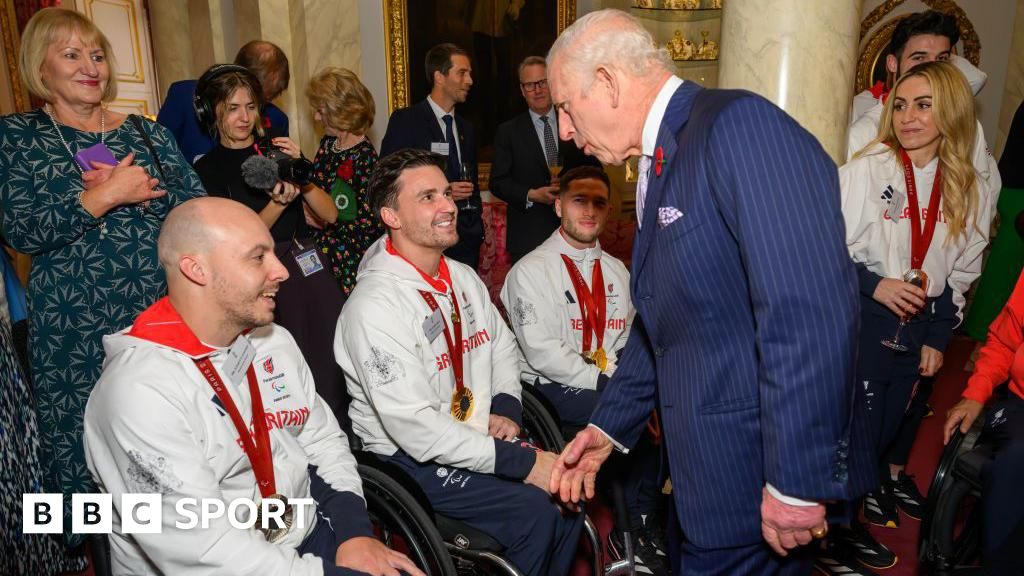Tech
Kindle (2024) Review: Amazon's Entry-Level E-Reader Gets Brighter and Slightly Faster

Many people prefer e-readers with bigger screens, but I’ve always liked the entry-level Kindle’s more compact size. Ever since Amazon improved the sharpness of its screen with a 300 ppi display and added a built-in light in 2022, it’s sort of become a Paperwhite mini — minus a few features — that costs significantly less than the real Paperwhite. At $110 (£95, AU$199), the new 2024 model, which has 16GB of storage, costs $10 more than the previous-generation Kindle. That’s a tad disappointing given the upgrades here are fairly modest. Nevertheless, it remains a good value, particularly when it goes on sale.
Pros
- Slightly faster page turns and brighter light than previous model
- 300 ppi high-resolution display with slightly higher contrast
- Built-in light and USB-C charging
- Good value ($50 less than Kindle Paperwhite)
Cons
- Not waterproof
- Lacks more premium feel of Kindle Paperwhite
- Costs $20 to remove ads
Read more: Best e-readers of 2024
As I said, the entry-level Kindle (2024) is the smallest and lightest in the Kindle line. It weighs only 158 grams and is equipped with a 300 ppi 6-inch E Ink display. By comparison, the Paperwhite (2024) weighs 211 grams and has a 7-inch screen.
The Kindle (2024) fits nicely in your hand and is the lightest Kindle at 158 grams.
The specs of the new Kindle are similar to the previous Kindle, but you now get slightly faster page turns (10% faster, Amazon says), a slightly higher contrast ratio and a front light that’s 25% brighter at its maximum setting and matches the brightness of the Paperwhite’s light at its brightest setting. Also, this 2024 model now comes in a new matcha green color that has a nice look to it.
Kindle (2024) vs. Kindle Paperwhite (2024)
I spent some time switching back and forth between the new entry-level Kindle and the new Paperwhite, which has been upgraded a little more substantially than the Kindle (2024). As with the previous generation, the Paperwhite also has the advantage of being fully waterproof (IPX8 rating) with a flush-front display. The entry-level Kindle has no water-resistance rating.
The Paperwhite does feel noticeably zippier and its lighting system is clearly superior. It has 19 LEDs (10 white and 9 amber) compared to the Kindle’s 4 LEDs. Also, with the entry-level Kindle, there’s no option to adjust the color temperature of the light as there is with the Paperwhite. Both lights have the same brightness at their maximum setting, but the entry-level Kindle’s light appears more blue at its brightest setting. In contrast, the Paperwhite’s light gives the display a more natural, paper-like look.
The new Kindle Paperwhite (left) next to the smaller entry-level Kindle (right).
The other thing you immediately notice is that the Paperwhite’s 7-inch display provides significantly more screen real estate despite being only an inch bigger diagonally (it doesn’t seem like much, but it’s more than you think). I got around 4 or 5 extra lines of text on the Paperwhite display using the same size 6 font size on both displays (you can simply pinch and zoom to get to the font menu, which is nice).
Battery life is also twice as good for the Paperwhite — up to 12 weeks compared to up to 6 weeks for the entry-level Kindle. Meanwhile, the Colorsoft ($280, £270 or roughly AU$530), Amazon’s first ever color Kindle that I also reviewed, is rated for up to 8 weeks of battery life. All the new Kindles have USB-C charging while the Paperwhite and Colorsoft come in Signature Editions that offer wireless charging and are ad-free (the entry-entry level Kindle and standard edition Paperwhite have ads on their lock screen unless you pay $20 to remove them).
The lights of the Kindle (left) and Paperwhite (right) at their highest settings. The entry-level Kindle’s light is cooler with more of a blue tinge.
Entry-level Kindle (2024) final thoughts
I know that all these comparisons make the entry-level Kindle seem inferior to the Paperwhite — and it is. When it comes to E-Ink e-readers, which are inherently much more sluggish than smartphones and tablets with LCD or AMOLED display technology and upgrades from generation to generation tend to be pretty incremental, the differences I’m describing between the two models aren’t huge. Yes, the entry-level Kindle is missing a few features and is a step behind performance-wise, but the reading experience isn’t fundamentally that different.
In the final analysis, while the Paperwhite is Amazon’s best monochrome e-reader, the slightly improved entry-level Kindle is also very appealing, particularly for those on a tighter budget who value a lighter, smaller e-reader that fits in your hand nicely.

Watch this: New 2024 Kindles Just Announced: Hands-On With All of Them







